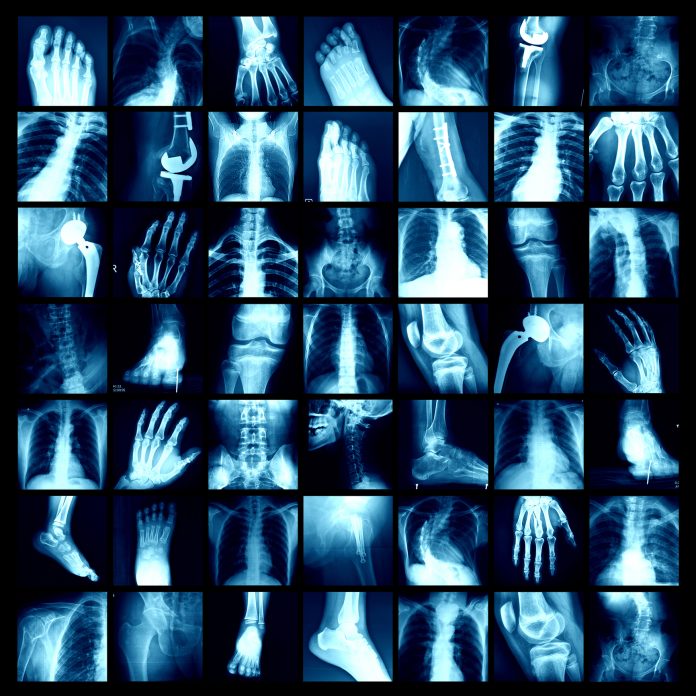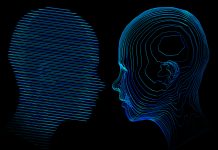A new AI-powered tool can accurately detect fractures on X-rays, reducing the risk of missed diagnoses. This innovative technology can lead to faster treatment, improved patient outcomes, and a reduced burden on healthcare professionals
Artificial intelligence (AI) is poised to revolutionise how doctors diagnose broken bones.
The National Institute for Health and Care Excellence (NICE) recently announced that AI technology has the potential to significantly reduce the number of missed fractures on X-rays and relieve the burden on overworked staff when it comes to X-ray analysis.
According to statistics from The Guardian, broken bones are among the most common mistakes made in A&E, with as many as 10% of fracture cases not being spotted at all by medical professionals or diagnosed late.
How AI can help with X-ray analysis
By analysing X-ray images, AI algorithms can identify subtle signs of fractures that human experts may overlook. This technology offers several advantages:
- Increased accuracy:
- Detect fractures with higher precision, reducing the risk of misdiagnosis.
- Faster diagnosis:
- Expedite diagnosis by automating the analysis process, leading to quicker treatment and recovery.
- Reduced workload:
- Alleviate the burden on healthcare professionals, allowing them to focus on more complex cases.
What are the potential impacts on Patient Care?
The adoption of AI in radiology has the potential to improve patient care in several ways:
- Early detection:
- Early detection of fractures can lead to timely treatment, preventing further complications.
- Reduced follow-up appointments:
- Accurate initial diagnosis can minimize the need for additional X-rays and consultations.
- Improved patient outcomes:
- AI can improve patient outcomes by ensuring timely and accurate diagnosis.
The future of AI in healthcare
The potential applications of AI in healthcare extend far beyond fracture detection. This technology is being explored to diagnose various diseases, predict health risks, and personalize treatment plans. As AI continues to advance, it is expected to play a crucial role in improving healthcare delivery and patient outcomes.
Mark Chapman, director of health technology at NICE, said it would make their job easier. “These AI technologies are safe to use and could spot fractures which humans might miss, given the pressure and demands these professional groups work under,” he said.
Mr Chapman said AI tools could also potentially speed up diagnosis and reduce the number of follow-up appointments needed because of a fracture missed during an initial assessment.
A collaborative approach between doctors and technology
It’s important to note that AI is not intended to replace human expertise. Instead, it is designed to work alongside healthcare professionals, enhancing their capabilities and improving patient care.
By combining the power of AI with the clinical judgment of experienced doctors, we can achieve a new level of precision and efficiency in medical diagnosis.











